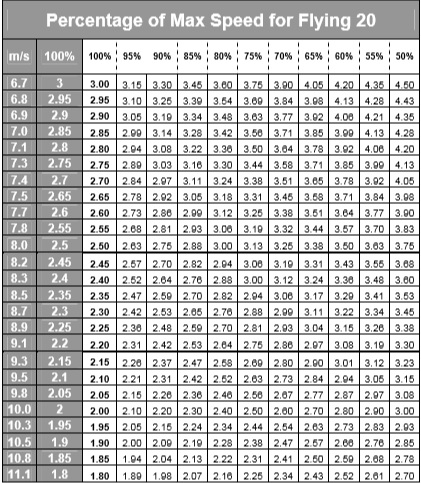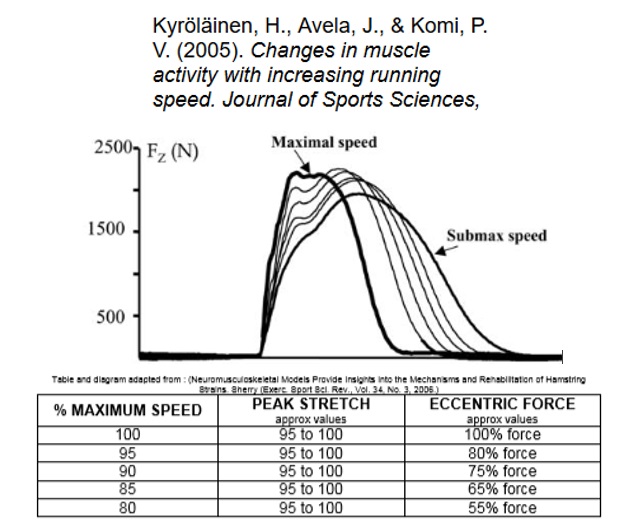Late end stage Return to Play. Hamstring Rehabilitation.
I listened to Jack Hickey’s excellent podcast today on the Pacey Performance Podcast. I thought I would add some experiences I have had in elite sport and as an exercise physiologist to describe issues at the end of Return to Play of soft tissue injury, in this case hamstring. This podcast nicely outlined early stage rehabilitation. By keeping within a pain threshold of 4 (rather than pain free) and pushing players a bit more. This allows for a more individualized approach to prescribing and progressing exercises to injured athletes. Thus the athlete better is more conditioned once return to play is achieved rather than accelerating rehabilitation. Jack described how to progress exercises within that framework and systems to progress running from slow jog to maximal running. He added that this stage was one that could take longer when moving towards maximal speeds, change of direction and game based rehab. Really informative podcast and look forward to reading the research.
I coached sprinters for many years then 20 years in the AFL and then have worked privately with athletes and now overseas. In sports that get close to get maximal speed there is little room for error at end stage of rehabilitation of muscles. Of course things will blow up in your face sometimes but minimizing error at end stage rehab is critical. The implications when working in elite sport or with paying customers who want results are very stressful for the athlete and the rehab person.
Dr Bruce Reid introduced me to a running protocol that had been used in the early 90’s in Hockey. Using variations of flying 10’s and 20’s from 40 walk to jog/10 hold/40 jog to walk to shorter and faster acceleration and deceleration zones. It was comprehensive and spin offs proliferate now. I went for the flying 20m as a mainstay and did 20/20/20 tests with players in the off-season of 1994. I am sure most elite clubs have data on player’s maximal velocity (Most have GPS on this). I used parallax measuring 20m out and 10m in middle.

Timed 2 repetitions at 100% with boots on grass and recorded the data. With track and field athletes and spikes this data is much quicker. Research suggests most athletes reach 90% maxV by 20 and by 40 one can assume 100% maxV. I had bought SWIFT speed gates that year and so also timed 5m/10m/20m indoors. Poor man’s force velocity curve. I also had data on 20 metres timed with a stopwatch off footstrike. Added to this was the NFL shuttle test to allow quantification of change of direction and progressions thereof and integrating change of direction and deceleration into the rehab. Thus I had lots of objective data that allowed me to dump into excel and work out what individual % of each speed for each test was. Of course this is common practice now in elite settings.
Thus I knew what a player’s 90% flying 20 was for example and 95% and 97.5%. Individual thresholds at true 100%. If you do not have data on an individual you should be able to access a past speed test and make a very accurate gueestimate. I categorized male players into slow/medium and fast and there was enough bandwidth there to allow again objectivity in rehab protocols at end stage rehab. Even knowing their 100m time allowed me to put them into a category. Below is a table from an E Book I wrote on Hamstring Rehab in 2007.

I want to add that I wanted players to reach maximal speeds just before entering full impact training with skills. The interplay of GPS with objective timing really helps link return to play protocols with Skills training but I would never trust GPS data as a standalone. If the athlete is by themselves then GPS is better than nothing.
Given it is a blog article I will not reference most of my opinions but most are/were based on a mix of research and experience. But reading research like outlined in image below reinforced what experience had shown me. There is a lot more research now in this area.

So some stories! A guy called Sean Wellman at Essendon Football Club had a very serious hamstring injury in 1996. His electronic 20m (as in AFL draft camp) was 2.83. An explosive player. I had his flying 20m on grass as 2.18. So 90% is 2.4. Still pretty quick in boots on grass. The debate raged about how good he looked at day 20 running a flying 20 at 2.4. I was timing and nervous. His rehab had been solid given we did eccentric work and he was diligent. But at 2.4 I knew it was 90%. So has BicepsF kicked in yet? Probably not. But he looked good. He said “I feel nothing”! He wanted to play as most athletes do. I was emphatic that he should not play on the weekend. Luckily the decision was made not to run. He had significant DOMS the next day and then admitted he did not want to go 100% in test. So many examples abound before and after but I will flip to another club I worked at. No names here HA! Exactly the same scenario. Quality player has a hamstring injury. We are closing in on finals. His rehab has been ok but a bit short. Day 18 now. He is explosive and strong. Doing 20/20/20’s gets to 85% of maximal time. Player says he is ok and everyone there except me says he is ok. Obviously pain free at 85% but now the PAIN FREE scenario needs to change when nearing MaxV. I say no way. Too risky. Too early. Rehab ok but not rubber stamped eccentrically plus the next 15% could be a disaster. In my experience at 80% and above if you pull up sore in or after the run you have most likely had a recurrence. Thus more eccentric conditioning is lost, and weeks are added to rehab. So no mistakes allowed here. Anyway decision was by others that he looks great so majority plus player said go 100%. “Let’s have a look!” they say. I say fine but if “look” backfires he tears. He tore. So we were at the Casino. Roll the dice and see what happens. Couldn’t make it back for finals. My opinion is that if we had followed strict objective criteria at this stage of the return to play process then added three more progressions over a week with a day’s rest between runs (85%/90%/95%) and then trained for a week at high intensity with skills he would have been fine.
Now I want to emphasise that the reason I felt confident was that in the past when training sprinters and early days of AFL I had made mistakes and learnt off the mistakes. Plus I had done heaps of research and accessed lots of quality people in the field before coming up with some systems.
So getting back to Jack Hickey’s podcast I think creating criteria with pain tolerance and exercise progressions based individually will build a more robust athlete in rehab but my take home message is at other end lock into objective criteria that is time based and simply progress 5% for example a time with possibly 48/72 hours to dose to allow adaptation once 80% maximal speeds are reached in the rehab process.
Remember if you run 95% and above too close to a game then that player might be in an adaptive stage in game i.e. prone to re-injury. So allow time working back from a game for adaptive processes to kick in. Otherwise back at the Casino.
So the laws of physiology and objective measures are critical. The medical and S&C team has to be on the same page. In 2019 we have many more practitioners from medical to S&C that are well versed in all areas.
Also do not be be lazy and sit there and tell a player to go out and run 85% by themselves for 20/20/20. Within the AFL system I think we should look at JB Morins research and at the draft camp test 5/10/15/20/25/30 and create force velocity data then. Thus 30m is closer to MaxV and a much better method allowing profiling and measuring that first step also. He also has outlined how to use this data to show that players are not ready to play given after injury they may get almost the same time but accelerate at different rates. As a sideline I was really disappointed that at the AFL Draft camp they still use the old speed lights and have players stand up with arm up so they can get close to light. So bad. They could also have a more definitive change of direction test (not call it agility!) to assess physical qualities and thus be relevant to rehab needs. Given the closed shop nature of AFL these new innovations in force velocity profiling seem obvious to me. With Dr Daryl Marchant in the early 90’s I helped to set up some AFL Draft Camp tests and initiated the 5/10/20 with lights because we could use indoor areas at VFL park and get reliable data. Time to change and link with rehabilitation processes.
I wrote this blog article to emphasise the importance of objective data being used late in the Return to Play process with muscle injury because of the implications mistakes and recurrences bring. At this point way more science, raw hard data and teamwork and less art. All care and total responsibility.